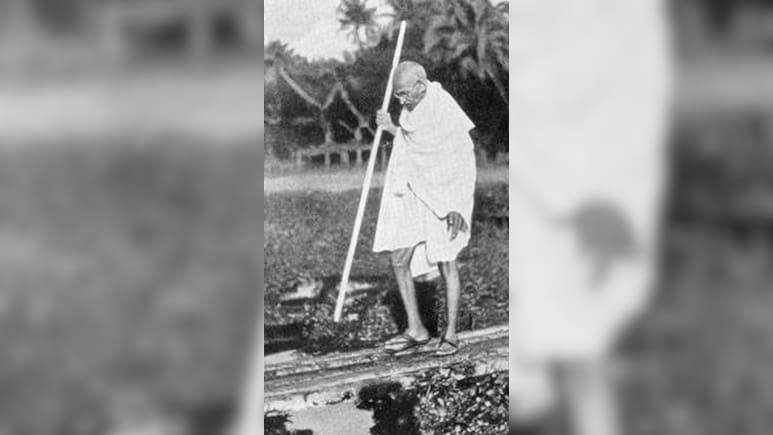
Three decades before India attained freedom, the seeds of its independence movement were sown in Champaran. Mahatma Gandhi, in his first real test on Indian soil, led the civil disobedience movement, turning local farmers' struggle into a call for action and justice.
Mahatma Gandhi arrived in Champaran in April 1917. He was a young lawyer and had just returned from South Africa. What he found was unparalleled suffering, all a result of British policies.
For years, indigo farmers there had lived under severe oppression. The British planters forced them to grow indigo on a fixed portion of their land under the exploitative "tinkathia" system.
Despite synthetic dyes replacing natural indigo in Europe, the colonial authorities continued this practice purely to protect their profits, leaving the farmers impoverished and deeply indebted.
When their grievances were repeatedly ignored, a local farmer named Rajkumar Shukla sought Mahatma Gandhi's help.
Instead of launching immediate protests or speeches, Mahatma Gandhi chose to listen. He sat with the farmers under the open sky, hearing their stories firsthand. Over weeks, he collected thousands of detailed testimonies and was convinced that understanding their plight was how he would build an effective movement.
Supported by committed volunteers, including future leaders Rajendra Prasad and JB Kripalani, Mahatma Gandhi also introduced initiatives to improve education, health, and hygiene in the villages. His wife, Kasturba Gandhi, helped break social barriers by educating women and encouraging their participation in the movement.
The British authorities initially ordered Mahatma Gandhi to leave Champaran, but he refused. He claimed he had a right to stay and represent the farmers.
Mahatma Gandhi organised peaceful protests and civil disobedience, refusing to comply with unjust laws, holding public meetings, and encouraging peasants to claim their rights without violence. This nonviolent resistance challenged colonial authority and drew attention far and wide.
Eventually, the British government set up a commission to investigate the grievances, largely due to the pressure created by Mahatma Gandhi's movement. The tinkathia system was abolished, and reforms were promised to improve the lives of the peasants. The 1917 Champaran Agrarian Act was a landmark reform in colonial law.
Track Latest News Live on NDTV.com and get news updates from India and around the world

